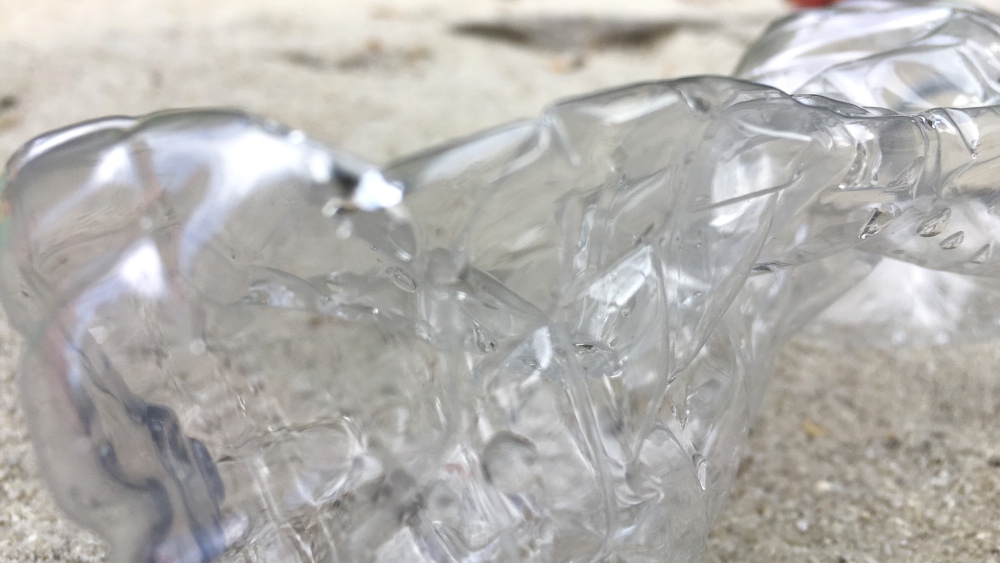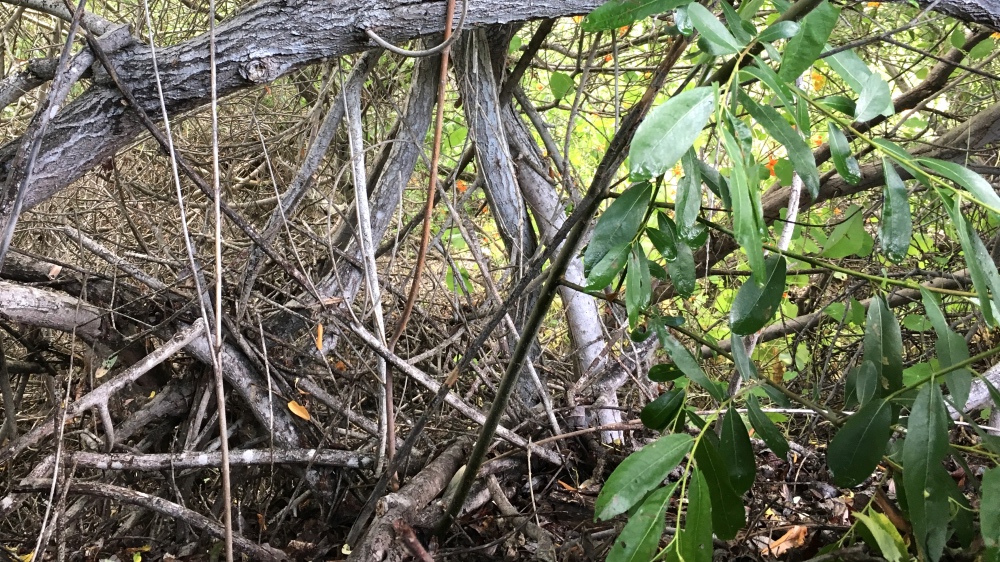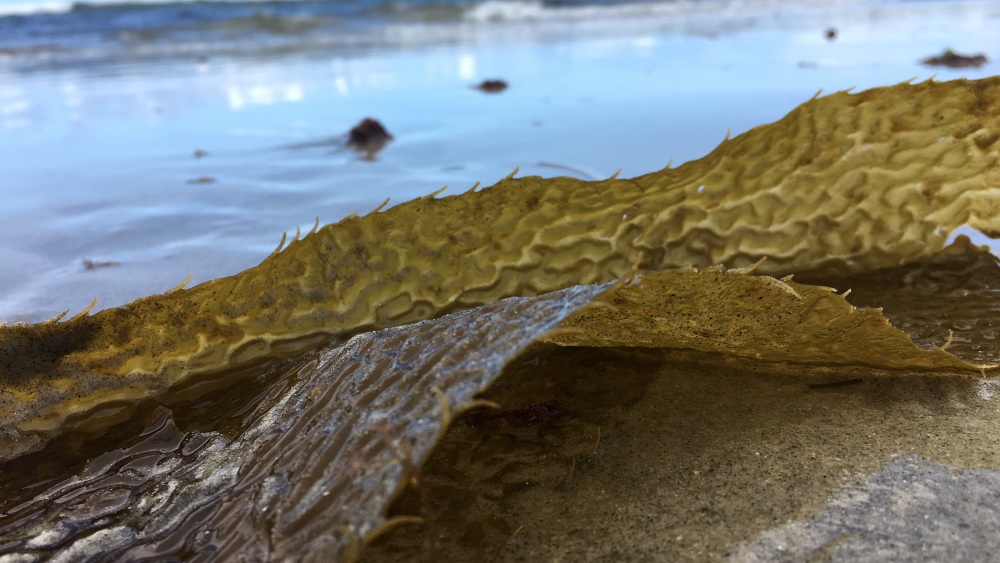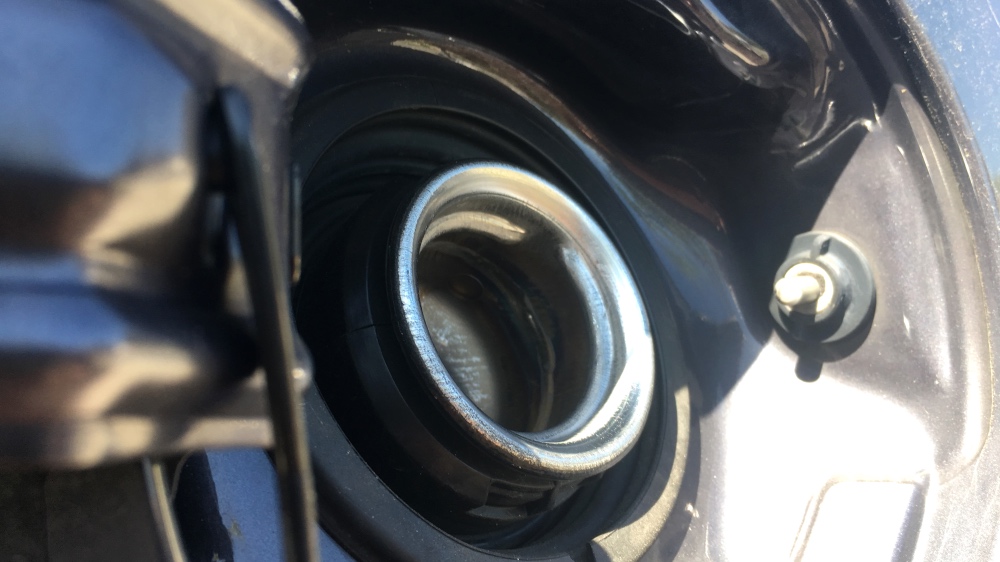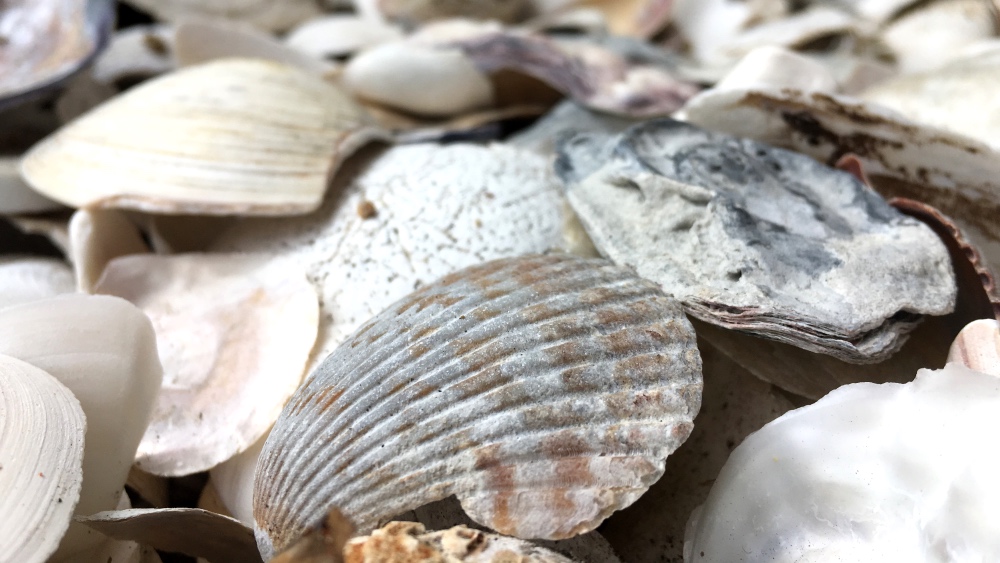As user experience designers we create customer journeys. In those journeys or scenarios we design how a customer might use our product. Imagine we wanted to design a smartwatch. We don’t just think about the moment someone interacts with the watch but sketch out an entire day. This helps us make better design decisions.
That got me thinking… What is the customer journey of a plastic bottle? We drink the water, but what happens before and after? What is the entire lifecycle of a water bottle? This is what I sketched up…

Nearly all bottles are made from petroleum. During the oil extraction and the manufacturing of plastic, greenhouse gasses are released into the air. Then during transportation more greenhouse gases are released. After we enjoy the water and throw it away, I sketched five different endings:
- A. Recycle into other plastics for carpets or tiles (only 7 % of plastic in the US is recycled)
- B. Greenhouse gases and toxins are released when burning plastic
- C. It takes hundreds of years to decompose and toxins each into soil and groundwater when put in the landfill
- D. In the ocean it kills and negatively affects marine life and ends up in our food chain
- E. When decomposing into microplastics it kills or harms bacteria that convert carbon dioxide into oxygen
I promised you positive and inspiring stories and so far this post has been pretty depressing. In a recent post I featured water pouches made from algae.
Here is another fantastic startup, this time from California. Cove makes water bottles out of polyhydroxyalkanoate (PHA) – wow, that’s a long word. It’s biodegradable, compostable and produces zero toxic waste.
It is produced by microorganisms feeding on sugar, starches or greenhouse gases. I love this part: Microorganisms can actually turn greenhouse gases, such as waste methane and carbon dioxide, into biodegradable PHA plastics. Companies like Newlight Technologies are developing these kind of bioplastics.
Imagine a plastic-like material that is produced by greenhouse gas eating bacteria! Cove is currently testing how long it will take to break down the bottles in different scenarios. They are launching in California this year, so stay tuned!
Sign up for weekly inspiration right in your inbox

